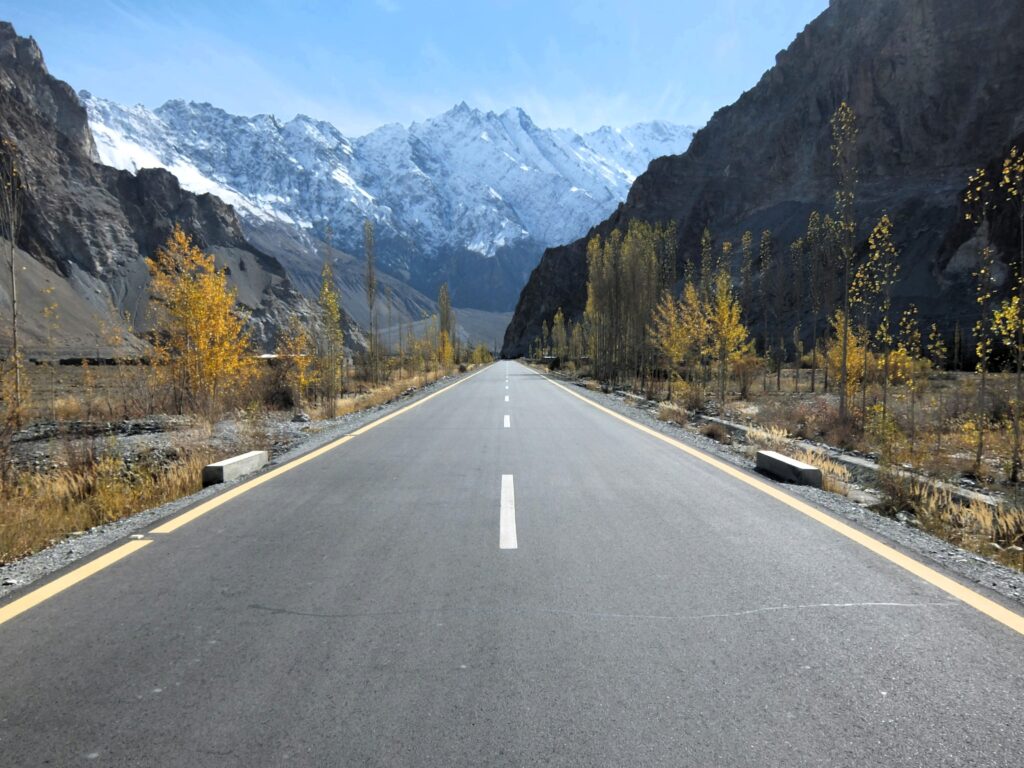Why the Karakoram Highway Is Called the Eighth Wonder of the World
Nestled between the towering peaks of the Himalayas, the Hindu Kush, and the Karakoram ranges lies one of the most breathtaking feats of engineering in the world — the Karakoram Highway. Often dubbed the “Eighth Wonder of the World,” this legendary road is far more than just a connection between Pakistan and China. It’s a journey through time, culture, and some of the most dramatic landscapes on Earth. A Road Like No Other The Karakoram Highway (KKH), also known as the N-35, stretches over 1,300 kilometers from Hasan Abdal (near Islamabad) in Pakistan to Kashgar in China. It traces the ancient Silk Road, winding its way through deep gorges, rocky cliffs, glacial rivers, and snow-capped peaks. Built jointly by Pakistan and China over two decades (1959–1979), the highway stands as a testament to human endurance. Over 1,000 workers lost their lives, many to landslides and harsh conditions — a grim but heroic reminder of what it took to carve a road through some of the world’s most hostile terrain. Home to the World’s Highest Paved International Road At its peak, the Karakoram Highway crosses the Khunjerab Pass at an altitude of 4,693 meters (15,397 feet), making it the highest paved international border crossing in the world. For many, just reaching the Khunjerab Pass feels like a major accomplishment — where air is thin, and every breath feels earned. Every Turn Is a Postcard From the icy turquoise of Attabad Lake to the jagged glory of the Passu Cones, every stretch of the KKH is jaw-droppingly beautiful. You’ll pass ancient forts like Baltit and Altit, traditional mountain villages like Gulmit and Karimabad, and deep-cut valleys with orchards full of apricots and apples. Whether you’re a professional photographer or someone with a smartphone, the Karakoram Highway demands to be captured. A Journey Through Culture and History The KKH isn’t just about nature — it’s also a corridor of rich cultural encounters. Along the way, you’ll meet the warm-hearted people of Hunza, Gilgit, and Skardu, each with their own languages, customs, and folklore. Many of these communities have lived in the region for centuries, preserving traditions that are as captivating as the views. And let’s not forget the Buddhist rock carvings and ancient petroglyphs that dot the roadside, silent witnesses of Silk Road travelers who once passed this same path centuries ago. 🚗 Not Just a Road — A Test of Grit Driving the KKH isn’t for the faint-hearted. Narrow roads, sudden landslides, unguarded edges, and changing weather are just part of the experience. But that’s exactly why so many adventurers call it the ultimate road trip. And yet, in spite of the risks, the highway is well-maintained, with regular improvements under the China-Pakistan Economic Corridor (CPEC). Why It’s Called the Eighth Wonder So, why the title Eighth Wonder of the World? It’s not just about its record-breaking elevation or breathtaking scenery. It’s about: No matter where you’re from, a journey on the Karakoram Highway leaves an impression that lasts a lifetime. Final Thoughts The Karakoram Highway isn’t just a road — it’s a story. A story of courage, collaboration, nature’s grandeur, and mankind’s will to connect. Whether you’re a traveler, a historian, a photographer, or simply someone in search of wonder, this highway promises a journey that you’ll never forget. Pack your bags, fuel your wanderlust, and go see the Eighth Wonder of the World for yourself.


